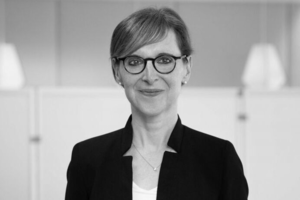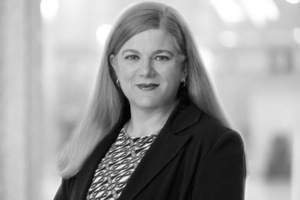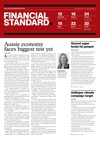Young workers drive DEI in workplace: RIAA panelBY MICHELLE BALTAZAR | THURSDAY, 29 MAY 2025 3:14PMThe windchill of politics on diversity, equity and inclusion (DEI) programs fronts a deadly counterpoint - young professionals entering the workforce with zero tolerance for inappropriate workplace behaviour. Andrew Pozzo, chief executive at Cbus Property, said at an industry conference yesterday that it has been challenging meeting the DEI aspirations of businesses across many sectors, not least property and construction. "In respect to safe workplaces, it's bloody hard because [in construction], 90% of the workforce are men," he said. But Pozzo said the workforce has changed dramatically and has started to move away from the stereotype of "big, ugly blokes over six-foot with tats and whatever else". On the contrary, young men and women who are entering the sector are highly skilled people with engineering degrees or property management degrees. "They bring innovation and a different way of thinking," he said. "And people will not go inside a construction site unless it's safe. Young people - and it's not just in property and construction - they will walk. They will call [unsafe practices] out. That's the biggest change that's happened in construction in the last three to five years," said Pozzo. Butting against the lack of political will to prop DEI, businesses are mobilising programs to fill in the void. The Property Council of Australia has launched a graduate program to recruit female staff in property and leasing offices. "People need to realise that [gender diversity] enhances the bottom line. It's not just, 'These are your targets. Go ahead and do it.' There's a reason for [DEI]," said Pozzo. Around five years ago, Pozzo said that they had implemented into every construction contract with their builders, certain standards and percentages of female workforce, Aboriginal apprentices and other DEI-related recruitment initiatives. If they didn't achieve those DEI targets, they'd be penalised. "That meant that when you go to a project site, you'll see 30-odd staff in their books, of which 30% has to be female," he explained. "I think we're the only ones that are doing it in respect to the penalties, but the results are coming through now, and we're exceeding those percentages." It remains a big challenge to do this though, due to talent shortage. Pozzo said that the market for new employees coming from TAFE, and the pool of apprentices, have dwindled in recent years. On gender diversity, fellow panelist Jennifer Hewett, award-winning journalist, said there's progress being made. Resources giant BHP said in 2016 that it wanted the gender split in the business to be 50-50 by 2025. "They haven't quite got there but it's close. Globally, it's 40% and in Australia, 33%," she said. "There are big changes that are going on. It takes effort, but I don't think it's linear. You have to be constantly proving the business case." The session What Happened to DEI? at the RIAA conference was facilitated by independent, non-executive director Simon O'Connor with third panelist, Topaz Mcauliffe, founding chief executive of First Nations corporate engagement business, 15 Times Better. Related News |

A Housing Australia executive moves to BlackRock, while Aware Super welcomes a climate reporting and sustainability manager and Taylor Fry sees the return of a veteran actuary.
A leading voice for sustainable investing in the US admits the anti-ESG movement has been "difficult" and "surreal" as investors fear being overly scrutinised, the Responsible Investment Association Australasia (RIAA) Conference heard. There are, however, some bright spots.
A raft of industry groups have called on the government to urgently deliver its reforms to the Environment Protection and Biodiversity Conservation (EPBC) Act, which they say is "failing on all fronts."
The windchill of politics on diversity, equity and inclusion (DEI) programs fronts a deadly counterpoint - young professionals entering the workforce with zero tolerance for inappropriate workplace behaviour.

















